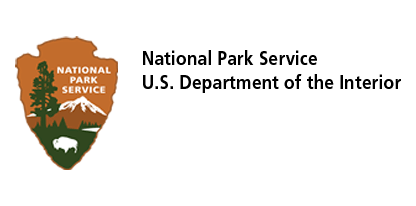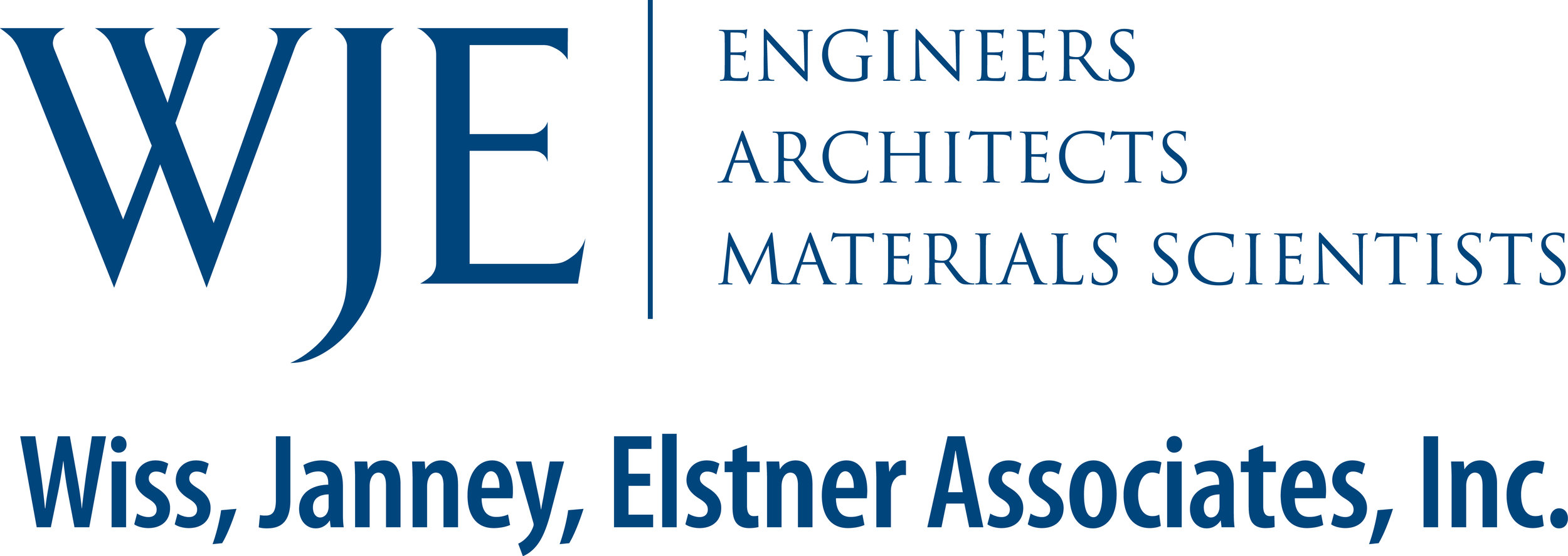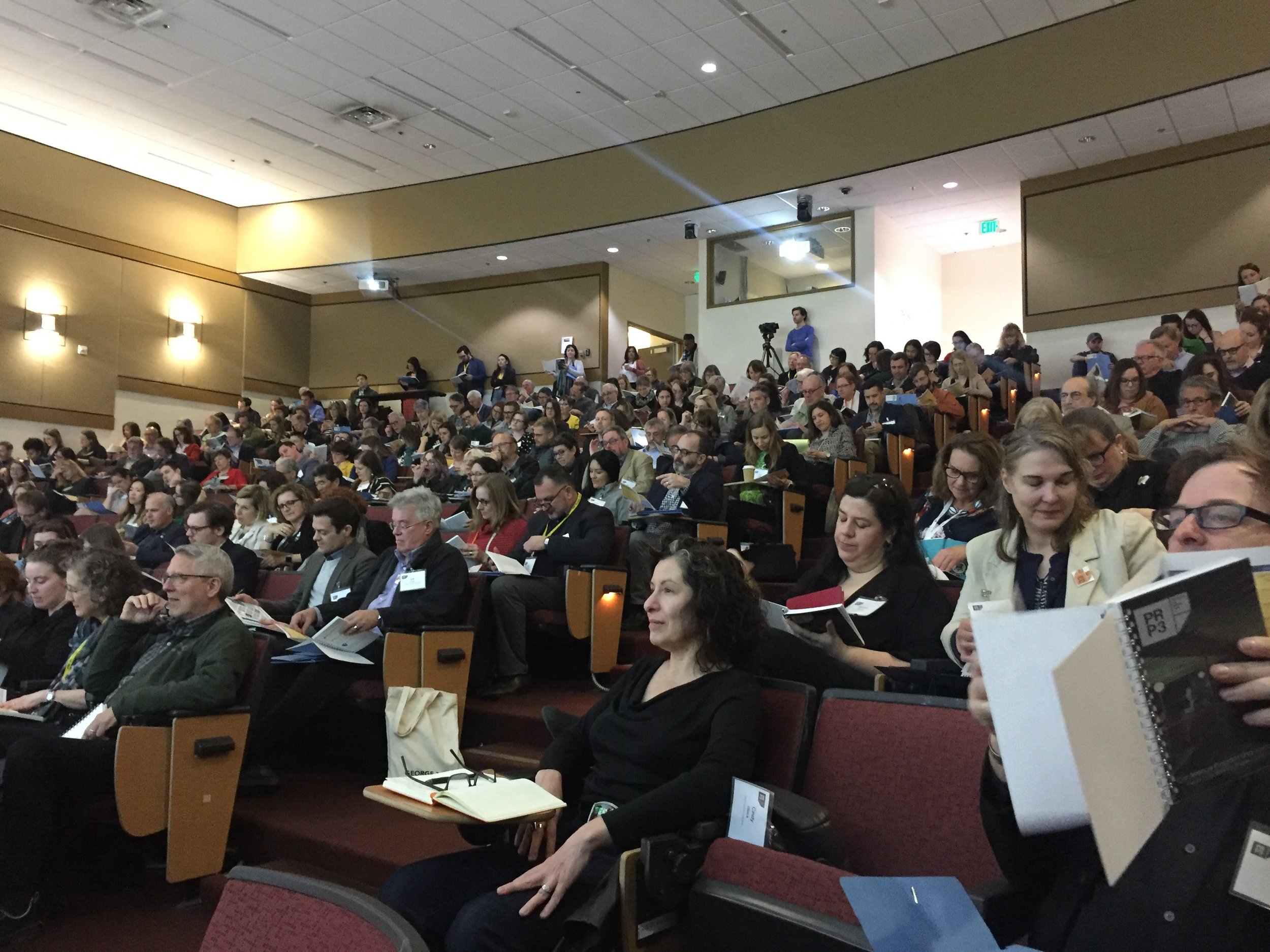

On March 13-16, 2019, 350 preservationists attended the Preserving the Recent Past 3 conference in Los Angeles to share the latest strategies for identifying, protecting, and conserving significant structures and sites from the post-World War II era.


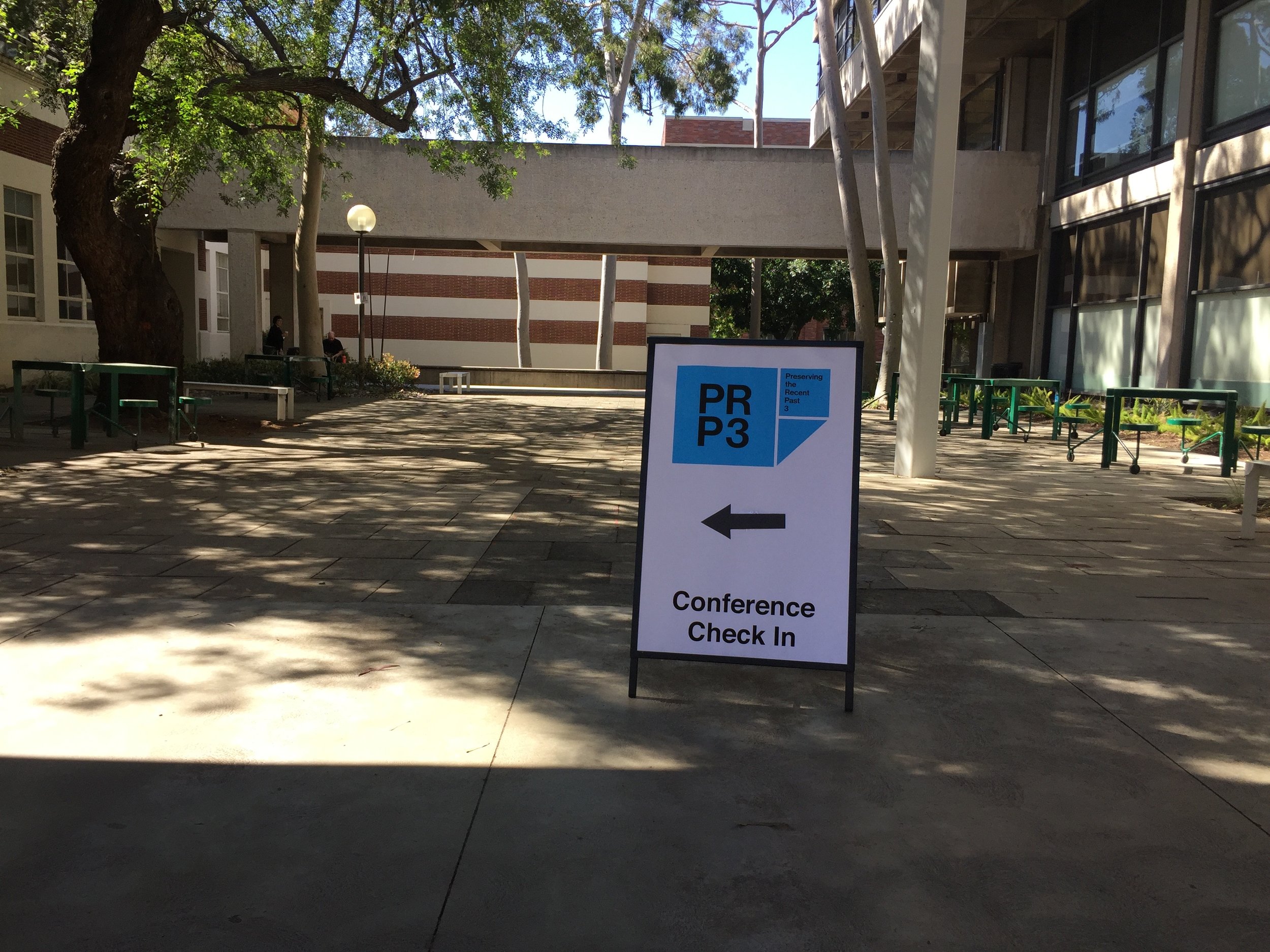
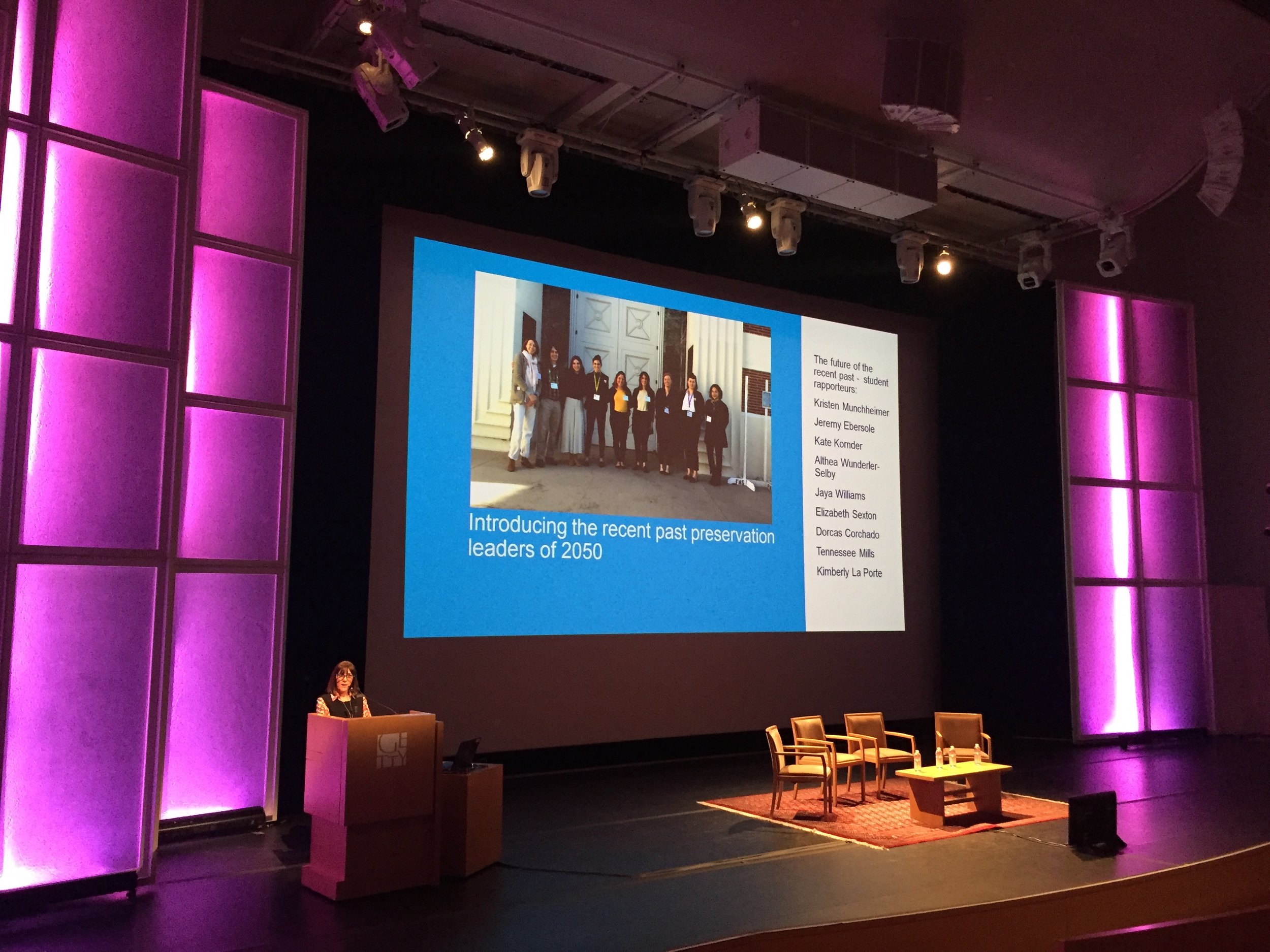
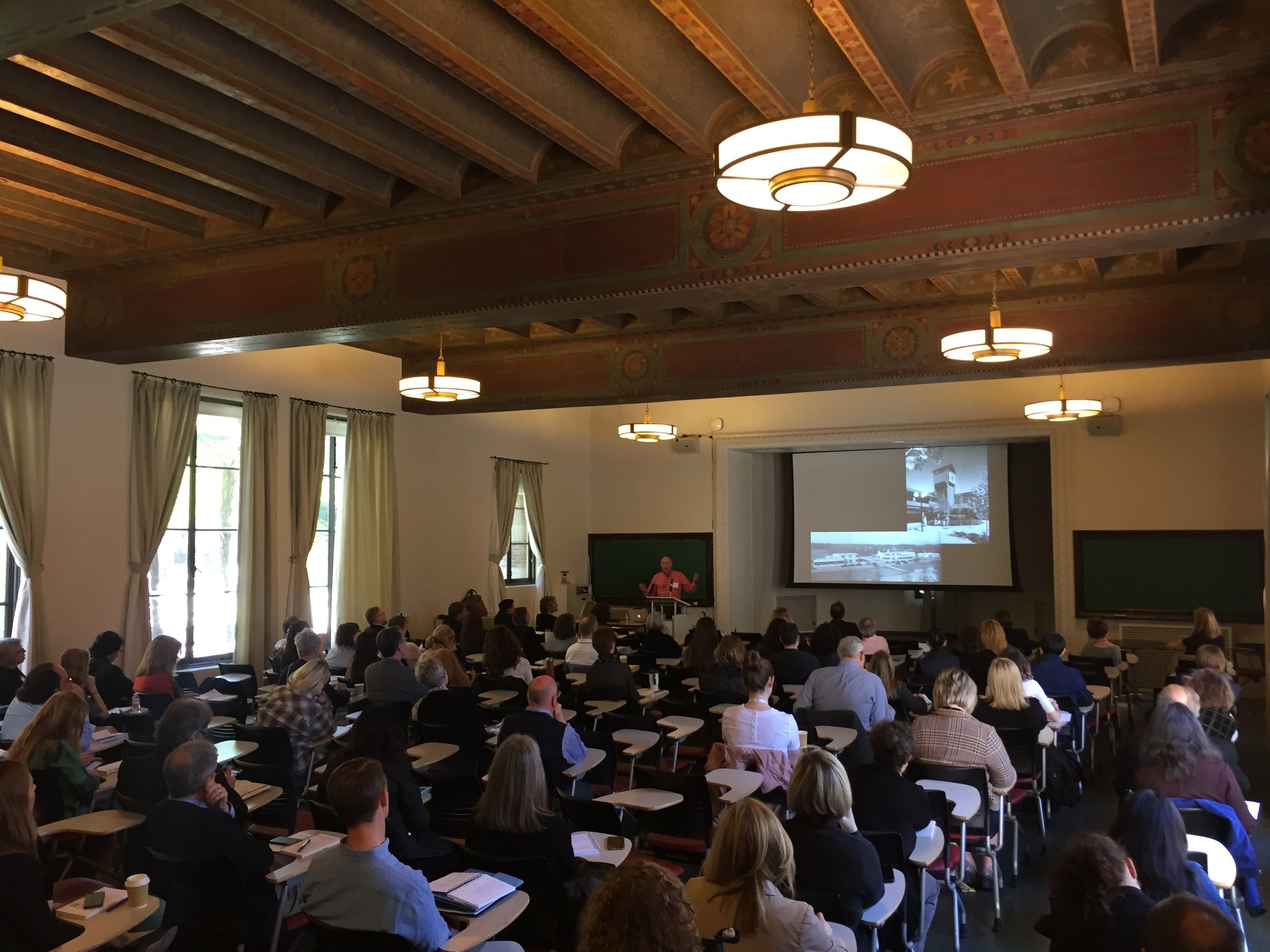
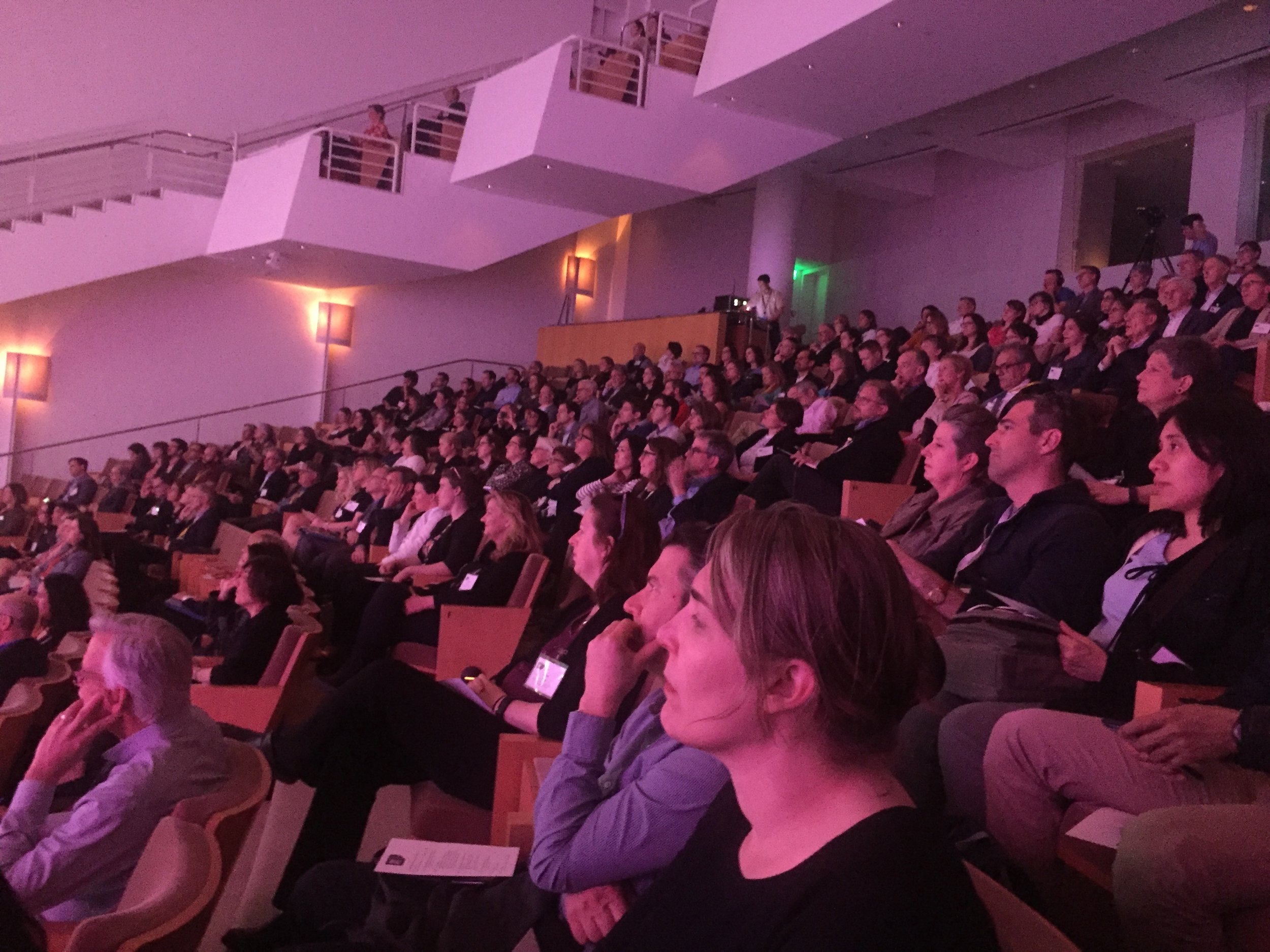
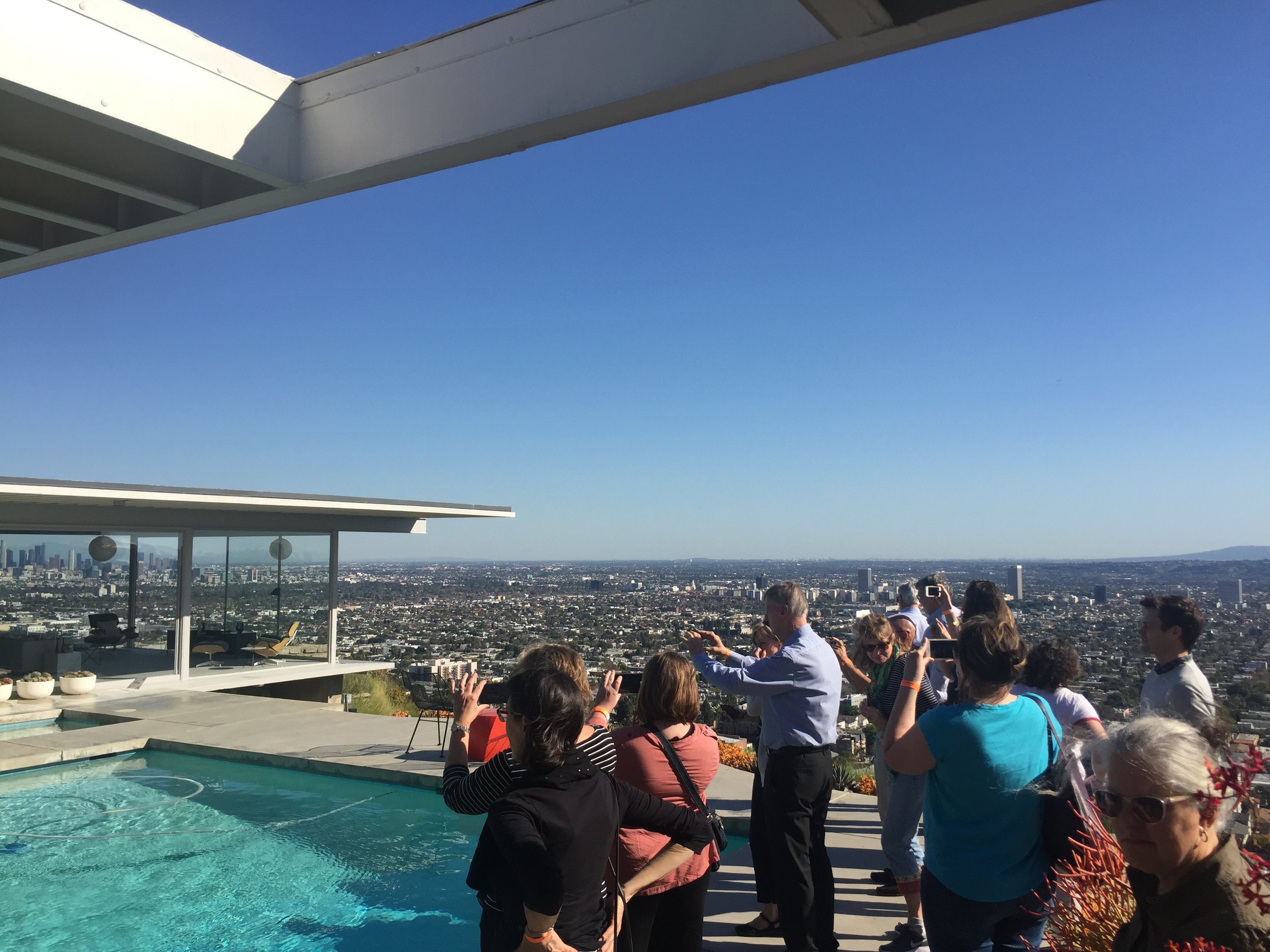

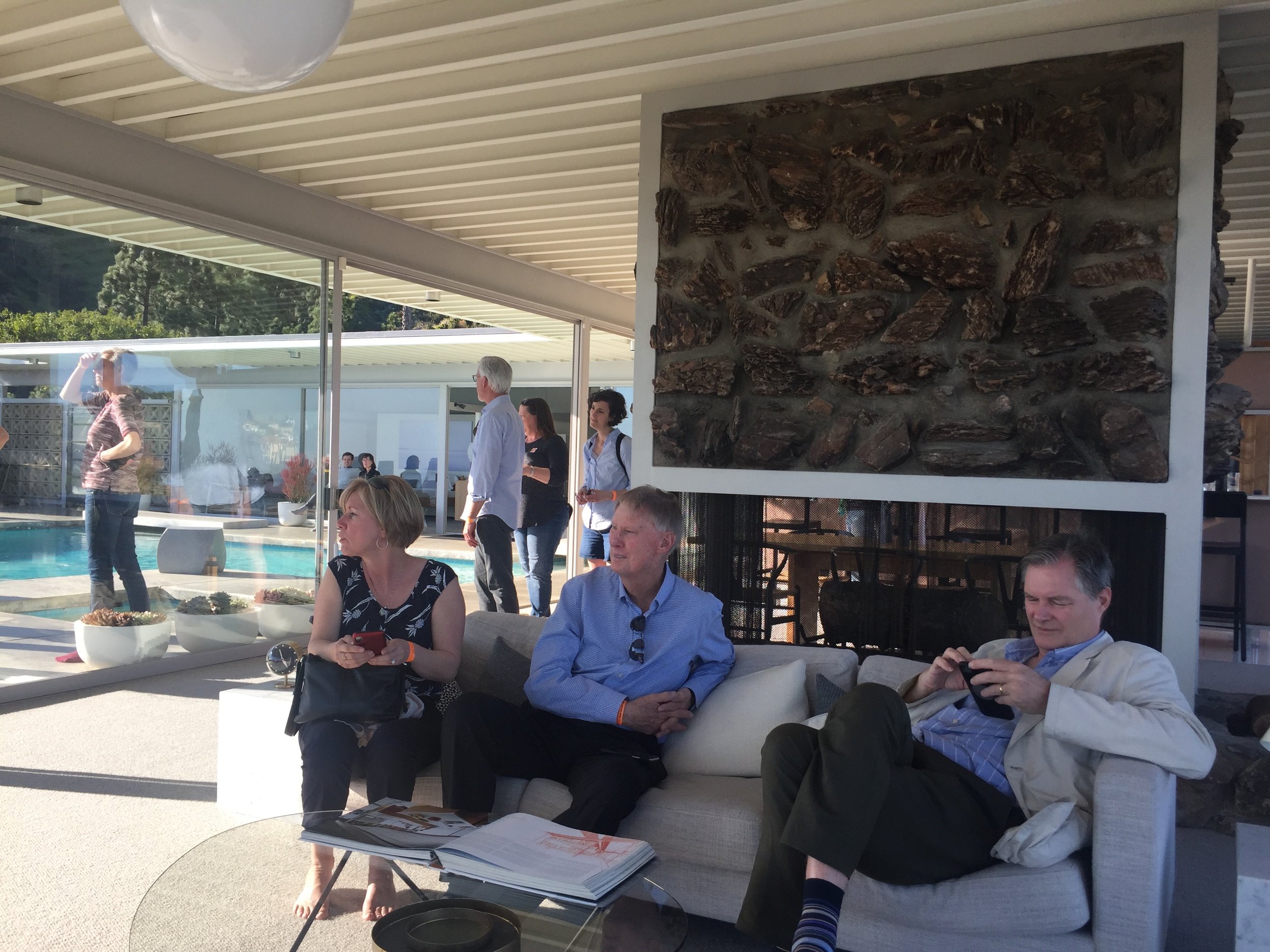






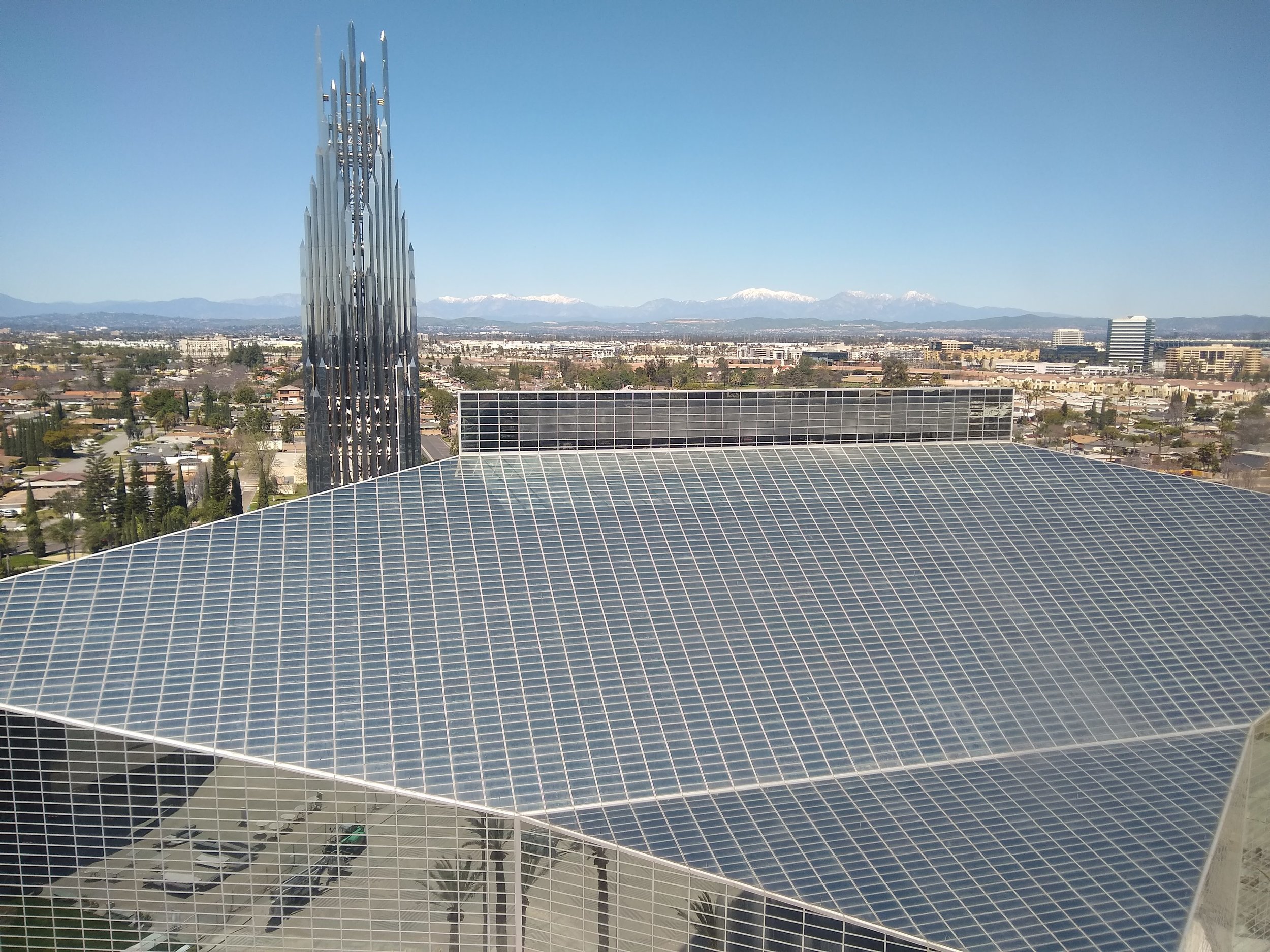


Program
The Conference program included three tracks of presentations on advocacy challenges and preservation strategies, history and context and technical conservation issues and solutions for post-World War II resources. Presentation sessions ended Friday with a closing session and reception at the Getty Conservation Institute. Full and half day tours provided participants the opportunity to visit preservation and recent past sites throughout the area.
Final program information is available here.
Building on a legacy
In concurrent presentation sessions, plenary talks, a pre-conference symposium, and tours, Preserving the Recent Past 3 built upon the groundbreaking prior conferences—Preserving the Recent Past (1995), and Preserving the Recent Past 2 (2000)—to address key issues in the preservation of modern historic resources. Much has changed in the two decades since these important events. A variety of resources have reached fifty years of age; innovation continues in the treatment of postwar materials and assemblies; and new survey techniques for suburban and urban landscapes have emerged. Buildings and sites from this period reflect the dynamism, creativity, and tensions of the society that created them. They tell stories—of mass suburbanization and urban disinvestment and reinvestment, of multiple and successive modern styles, innovative products, and new social and activist movements.
Location
Preserving the Recent Past 3 was held at the School of Architecture at the University of Southern California. Los Angeles is an ideal setting for this third Recent Past conference. California was at the forefront of twentieth century (and especially post-World War II) building activity and experimentation, from the Case Study House program to the innovations of the aviation and aerospace industries. More recently, the region has been a leader in assessing, conserving, and advocating for the protection of its postwar legacy.

Features
Multiple paper sessions over two days covering historic rehabilitation and advocacy strategies and technical conservation issues and solutions for recent past resources
Special sessions on targeted topics
Affiliated Event - Historic Tax Credits for Rehabilitation Conference: Challenges in Developing Mid-Twentieth Century Buildings
(Wednesday, March 13, Los Angeles Athletic Club)
Tours to recent past sites throughout the Los Angeles area, including special Modern by Moonlight Affiliated Event tour hosted by the LA Conservancy
AIA Continuing Education System Learning Units for all presentation sessions that are over 1 hour in length
Complimentary space for affinity organization meetings
Onsite book sales

Topics
- rehabilitation and reuse strategies for recent past buildings and sites
- conservation issues, sustainability and solutions for post-World War II resources
- techniques for surveying recent past neighborhoods and commercial districts
- advocacy challenges and opportunities for the recent past
- historic trends and themes related to recent past buildings, sites, and landscapes
- significant postwar era sites of underserved communities
- new digital approaches to documenting and interpreting recent past sites
- Postmodernism, Brutalism, postwar period revivals, and questions of style
PRP3 Principal Sponsors:
Glulam Sponsors:
Aluminum Sponsors:
Concrete Sponsors:
Cooperating Partners:
American Institute of Architects — Historic Resources Committee
Asian and Pacific Islander Americans in Historic Preservation
Association for Preservation Technology International
California Office of Historic Preservation
California Preservation Foundation
ICOMOS International Scientific Committee on Twentieth Century Heritage
National Conference of State Historic Preservation Officers
National Council for Preservation Education
Society for Commercial Archeology
Society of Architectural Historians
image credits:
Stahl House (Case Study House #22), Pierre Koenig, Los Angeles, 1960. Photo: © J. Paul Getty Trust. Getty Research Institute, Los Angeles (2004.R.10)
Bonaventure Hotel, John Portman, Los Angeles, 1974-76. Photo: Trudi Sandmeier
Cathedral of Saint Mary of the Assumption, San Francisco, California, 1971. Photo: Trudi Sandmeier
Schweikher-Langsdorf House, Paul Schweikher, Schaumburg, IL, 1937. Photo: Harry Hunderman
Reed & Bell Drive-in, Alexandria, LA. Photo: Library of Congress, Prints & Photographs Division, photograph by Carol M. Highsmith [LC-DIG-mrg-01624]
Waite Philips Hall and VKC Tower, Edward Durrell Stone, USC, 1968. Photo: Trudi Sandmeier








